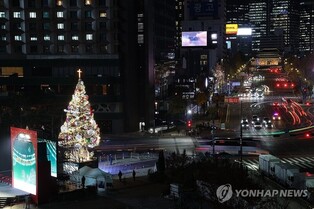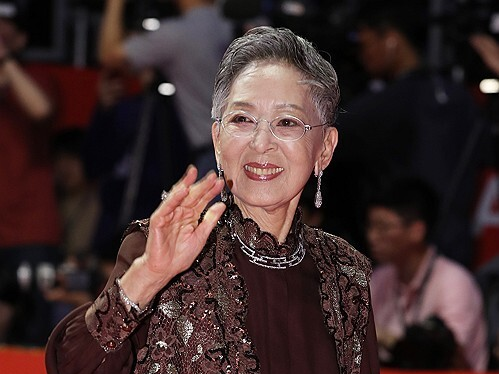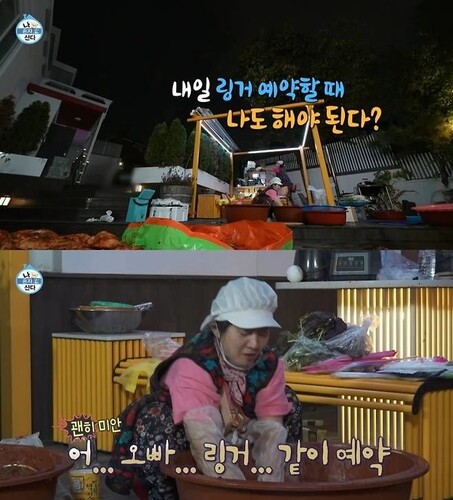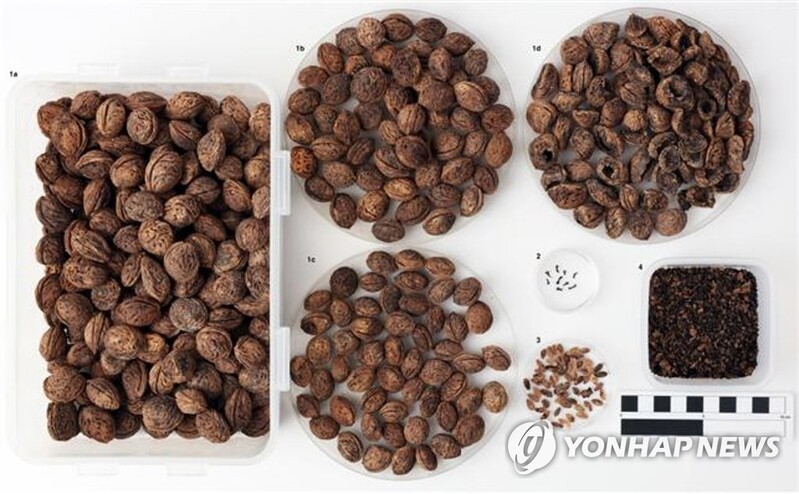 |
| ▲ This photo, shows the seeds in the jar excavated from the Ancient Tombs in Daesong-dong, Gimhae of the 4th century. (Yonhap) |
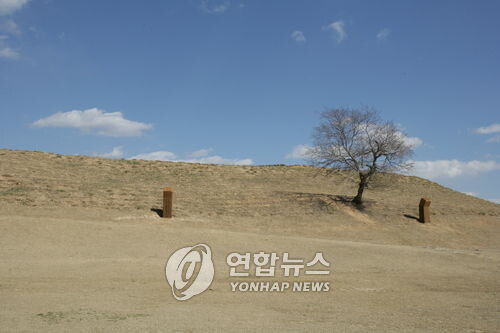 |
| ▲ This photo, shows Gobungun in Gimhae. (Yonhap) |
SEOUL, May 18 (Yonhap) -- The largest number of peach seeds, based on a single tomb in Korea were found in the Gaya ruins estimated to be from the 4th century in Gimhae, South Gyeongsang province.
The Daeseong-dong Tombs Museum in Gimhae City announced on the 18th that about 340 peach seeds were found in a large jar excavated from the Ancient Tombs in Daesong-dong, Gimhae No. 41 Tomb, the tomb of the highest ruling class in Guemgwan Gaya (an ancient kingdom centered in the present-day Gimhae area, South Gyeongsang province).
This is the largest number of peach seeds found from a single tomb in Korea.
The peach seeds that were in the jar was confirmed when the Daeseong-dong Tombs Museum was reorganizing and examining the relics excavated from the Ancient Tombs in Daesong-dong, Gimhae in 2001.
The Daeseong-dong Tombs Museum estimated that the peaches were fresh when it was put in the grave as the peach stem was included.
Along with peach seeds of various sizes, seeds of Cucumis (belongs to family Cucurbitaceae which includes the cucumber) and dom (fish) were also found.
The custom of burying peaches in tombs is mostly seen in the tombs of Nakrang (a kingdom which was allied with China's Han Dynasty) influenced by the Chinese Han culture.
In Korea, fewer than 15 peach seeds have been excavated from the 5th century tombs including Ancient Tombs in Jisan-dong, Goryeong and Ancient Tombs in Songhyeon-dong, Changnyeong.
The Daeseong-dong Tombs Museum explained that this is the first time that the custom of burying peaches in tombs has been confirmed in tombs from the 4th century.
During the olden times, they believed that peaches had magical powers that warded off evil spirits.
The Daeseong-dong Tombs Museum analyzed that the Geumgwan Gaya people, who believed that life would continue in the afterlife, wished for eternal life by burying peaches together with other relics, expressing their wish for fame and peace in this world for their next life.
(This article is translated from Korean to English by Haemin Kim.)
(END)
(C) Yonhap News Agency. All Rights Reserved


















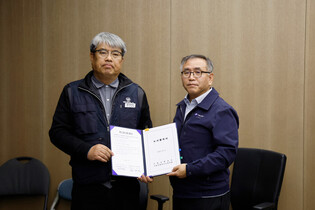
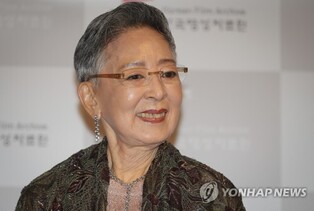

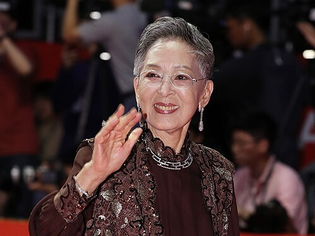
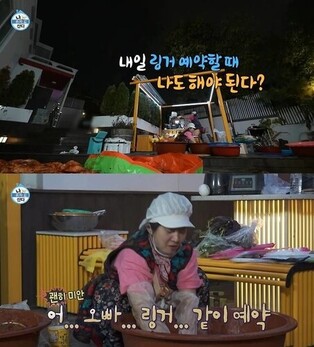
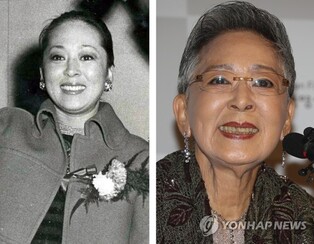
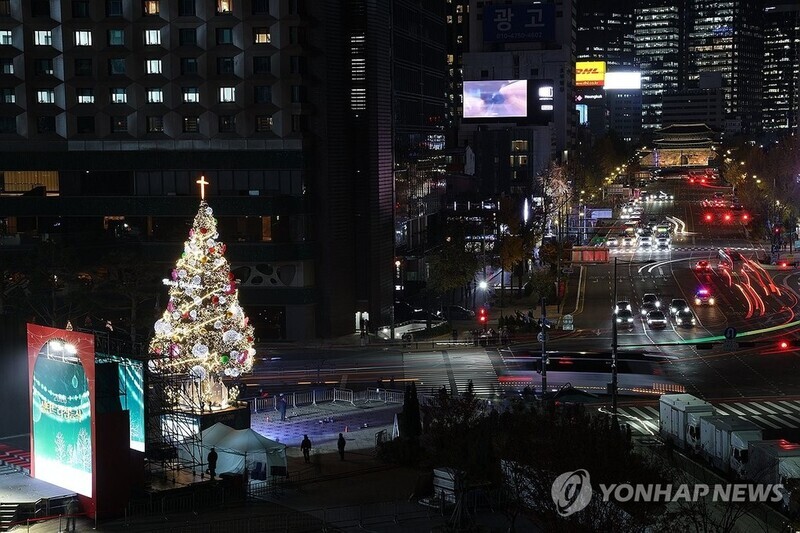

![[가요소식] 10대 싱어송라이터 민서, 데뷔 싱글](/news/data/20251211/yna1065624915952705_742_h2.jpg)
